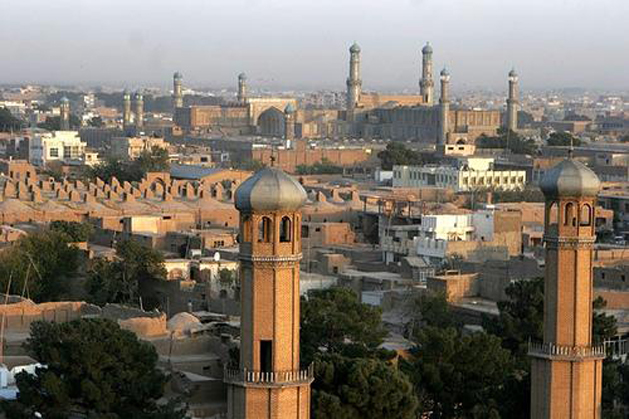In partnership with United Nations Office on Drugs and Crime the FHO-A is engaging in HIV treatment, prevention and care to female drug users in Herat, Nangahar, and Kabul provinces. The program seeks to develop an environment for rehabilitation and re-integration of drug-injecting users back into the community. The FHO-A has been a partner with the UNODC in providing critical services in drug treatment and HIV/AIDS prevention in 2010. As a local partner, the FHO-A is uniquely positioned to partner with the UNODC, and we are proud to consider them a valuable partner in Afghanistan.
Facts
Drug use: The Islamic Republic of Afghanistan is the largest producer of narcotics worldwide with an estimated 93% of the global opiates market. In 2007, 193,000 hectares of opium poppies were cultivated with an increase of 17% over 2006 [1]. In 2005, the United Nations Office on Drugs and Crime (UNODC), Afghanistan Country office carried out the first national drug use survey with a total estimation of 920,000 drug users of which 120,000 were female drug users and 19,000 were injecting drug users [2]. However, these are conservative estimates numbers and the numbers are expected to be rise in the new survey (results expected by August 2009)
Herat: Provision of post-treatment services for patients who have completed treatment at the UNODC center
Nangahar: Implementing night shelters with drug treatment components in coordination with program to deliver services to the homeless population
Kabul: Community night shelters for UNODC drug treatment patients at the Nejat Center
Project Elements
*Establishment of mobile drug treatment units
*Provision of comprehensive harm reduction package to female drug users which includes:
Needle and Syringe programs (NSPs)
Referral for Opioid Substitution Therapy (OST) and other drug dependence treatment.
HIV testing and counseling
Referral for anti-retro viral therapy (ART)
Prevention and treatment of sexually transmitted infections (STIs)
*Condom provision
*Targeted information, education and communication for female drug users
*Diagnosis of viral hepatitis and referral for vaccination
*Awareness on TB and Referral for diagnosis and treatment of TB.
*Primary healthcare
*Strengthening the network among existing governmental health care and drug dependence service sites for a stronger and more reliable referral system as well as to sensitize healthcare providers on all available public services.
*Support groups of female drug users established and SG should hold 2 meetings per month. Support groups can have between 5-8 members and can be established in the community itself.
*Distribution of gender and culture sensitive and female appropriate HIV, tuberculosis, hepatitis C, hepatitis B, and tuberculosis prevention information, education and communication materials, including information on drug safety, HIV, sexually transmitted infections, child drug use and violence prevention. Such materials should be produced in collaboration with former female drug users.
*Provision of peer-led outreach services with HIV and drug education, behaviour change communication material distribution, needle and syringe distribution; condom promotion and distribution; referral to OST, STI, tuberculosis, hepatitis C, hepatitis B prevention, testing and treatment, voluntary counselling and HIV testing, psychosocial support and referral to violence prevention.
*Collaborate with provincial health department and other HIV care providers.


